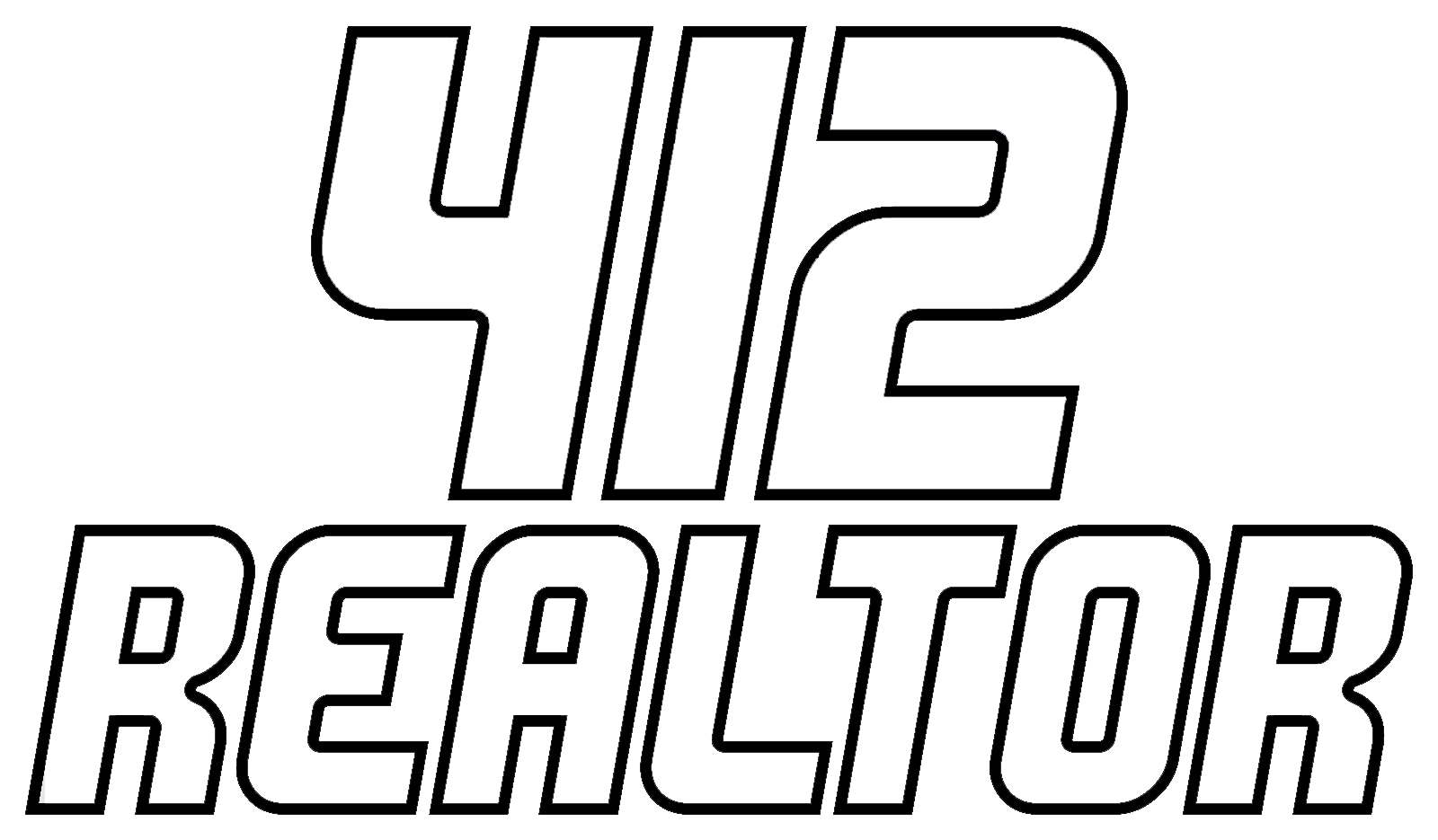Setting the right price for your home isn’t just a numbers game—it’s a powerful marketing strategy. Whether you’re in a hot seller’s market or a more balanced one, pricing your home right from the start is one of the most important factors in how quickly and profitably your home will sell.
If you’re preparing to list your property, here are some essential tips to help you price it like a pro:
1. Understand Your Local Market Conditions
Every market is different. In some areas, homes sell within days for above asking price. In others, properties sit on the market for months. The key to setting a competitive price is understanding what’s happening in your specific neighborhood.
Start by looking at comps—recent sales of similar homes in your area. For example, if three comparable homes within a few blocks of yours recently sold between $420,000 and $450,000, and your home has similar features, that’s your price window.
A local real estate agent can give you up-to-date data on recent sales, homes currently on the market, and the average days on market. This information is critical for gauging buyer demand and competition.
2. Don’t Let Emotions Get in the Way
You’ve made memories in your home. Maybe you raised your kids there or put in hours of sweat equity fixing it up. It’s natural to feel emotionally attached—but emotional value doesn’t always equal market value.
Buyers see your home as a product, not a memory. Try to detach emotionally and view the pricing decision like a business transaction. The goal is to price based on facts, not feelings.
3. Be Realistic About Renovations and Upgrades
Upgrades can increase value—but not always by as much as you think.
Let’s say you spent $50,000 on a new kitchen. That doesn’t mean you can list your home for $50,000 more than your neighbors. Buyers appreciate upgrades, but they compare your home to others in the same price range.
Some upgrades add more value than others, such as:
- Updated kitchens and bathrooms
- Energy-efficient HVAC or windows
- New roofing or siding
- Finished basements or extra bedrooms
Work with your agent to highlight these features in your pricing strategy and marketing, but stay grounded in market realities.
4. Price It Right the First Time
A common mistake sellers make is “testing the market” with a high price to see what happens. The truth? Overpriced homes often end up lingering, leading to price cuts and buyer skepticism.
The first 2-3 weeks on the market are crucial. Your home is new, exciting, and gets the most visibility—on listing sites, in email alerts, and with agents scheduling showings. If the price is off, you’ll miss that window of opportunity.
A home that sits too long can start to feel stale, and buyers may start to wonder what’s wrong with it.
5. Use Strategic (and Psychological) Pricing
There’s a reason you see prices like $299,000 instead of $300,000. It’s not a coincidence—it’s strategy. Buyers tend to search in price brackets: for example, $250K–$300K or $300K–$350K.
By pricing at $299,000, you’ll show up in both $250K–$300K searches and appeal psychologically to buyers who see it as a better deal.
Another tip: round numbers can feel arbitrary. A price like $347,500 can feel more calculated and competitive than $350,000.
6. Get a Professional Home Valuation
While online estimates (like Zillow’s Zestimate) can give you a rough ballpark, they’re often way off because they don’t consider the unique features, condition, or upgrades of your specific property.
An experienced real estate agent can run a Comparative Market Analysis (CMA)—a more accurate valuation based on real-time data. Some sellers also hire a licensed appraiser to get a professional, unbiased opinion.
This expert insight can help you feel more confident about your pricing.
7. Stay Flexible and Open to Feedback
The market speaks. If you’re not getting showings or offers within the first few weeks, it’s likely the price is too high—or the condition doesn’t match the asking price.
It’s better to make a price adjustment sooner rather than later to avoid the “why hasn’t it sold yet?” stigma. Pay attention to feedback from buyers and agents—it often points directly to pricing issues.
Final Thoughts:
Price to Attract, Not to Chase
Remember: the goal is to create interest and competition, not to “try your luck.” A well-priced home can spark multiple offers and sell faster—often for more than asking. On the flip side, an overpriced home can end up selling for less after sitting on the market too long.
Price smart, sell fast, and walk away with confidence.
Need help pricing your home or understanding what it’s worth in today’s market? Reach out—I’d be happy to provide a free market analysis and help you strategize your next move.




